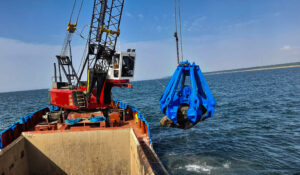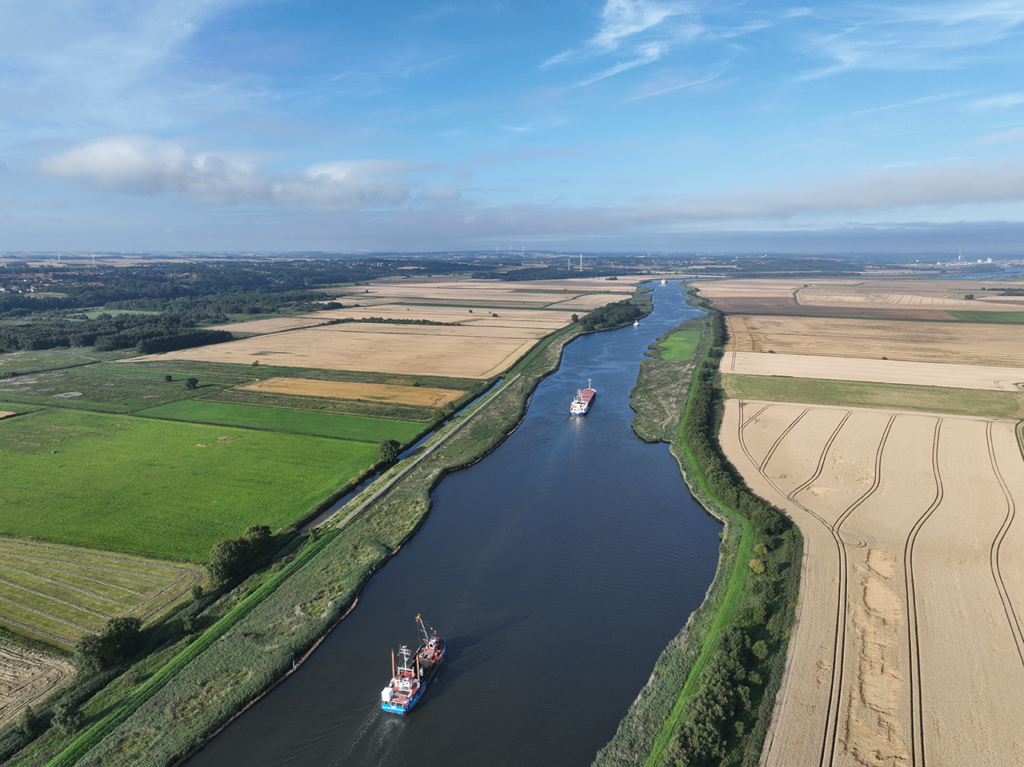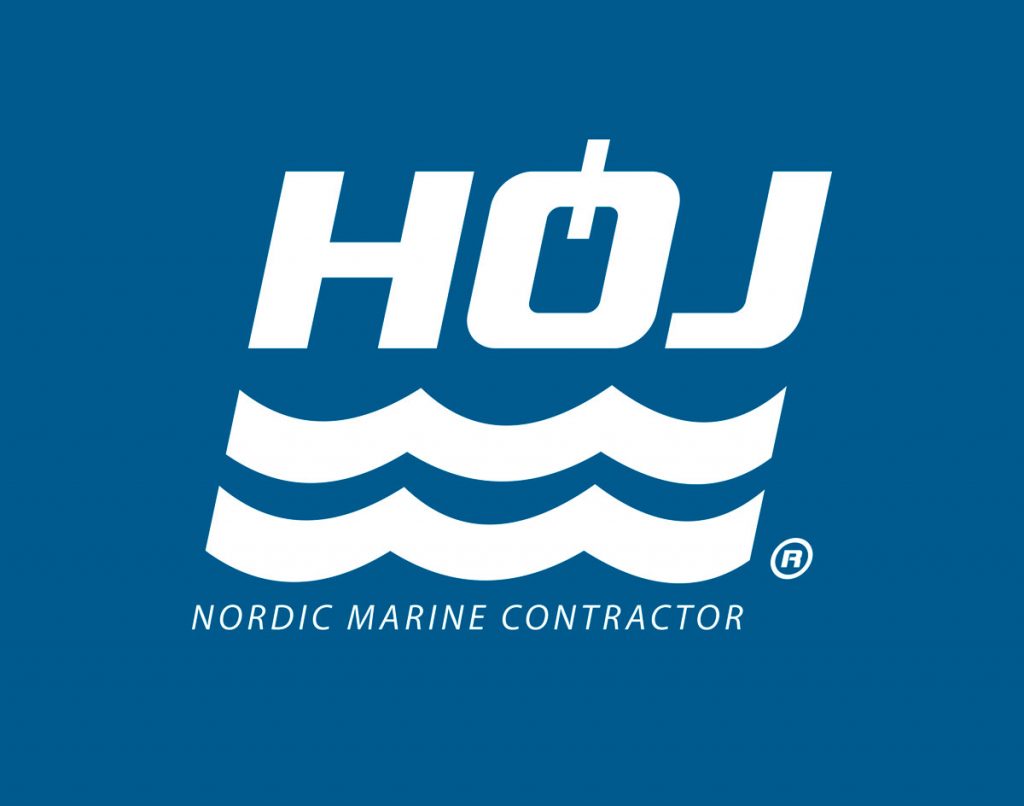The new stone reefs in the Little Belt Nature Park aim to increase biodiversity and contribute to research about porpoise, sea trout and cod.
Over the coming days, we will commence preparations for the construction of two new stone reefs for the Little Belt Nature Park. The rocks and stones for this project are being brought from Norway. The Little Belt Nature Park is working together with Haderslev Municipality, for whom we are also building a new reef at Raade Hoved.
For this project, we will be unloading two consignments of stones at a sea “depot”, after which we will commence the construction of the stone reefs using a smaller vessel. Depending on winds and the weather, the reefs will be constructed between January and March 2023.
Placement of the new stone reefs
Thorough investigatory work has been done to find the best place to construct the two stone reefs for the greatest effect. A cavity-forming stone reef aimed at cod and porpoise will be constructed at Tybrind Vig, using approx. 2,800 m3 of stone spread over an area of 1 hectare. The other stone reef will be constructed at a river estuary and is intended to support sea trout at Vedbjerg Harbour. 3,130 m3 of stone will be used, spread over an area of 1 hectare.
Aims to increase marine biodiversity
According to Jakob Bjørnskov Nielsen, who is both the chairman of the Little Belt Nature Park and a member of the Middelfart Municipality town council, the two new stone reefs are just part of a transitional journey towards a Little Belt where nature is in a greater state of balance.
- The Little Belt is tremendously important to those of us who live in the area. It is great to be able to see porpoise, to catch fish and to know that there is life out there. Therefore we are collaborating to establish stone reefs as a way of making a contribution. We know that improving the marine environment takes time and that there is still more to be done, but by creating a cleaner marine environment and increasing habitats, such as fish nurseries and stone reefs, we are at least showing the way.
Michael Normann, CEO of Høj Nordic Marine Contractor, calls this project an important Danish contribution to global goal number 14: Life below water, which is to ensure that marine and coastal ecosystems are protected and managed sustainably.
Research
The project for the two stone reefs will serve as a basis for research, using the first smolt reef in the world to examine the effect, so that we can learn more about these methods and how we can increase marine biodiversity. The research is being done in collaboration with Aarhus University, which is investigating the impact on porpoise, and DTU Aqua, which is investigating the impact on sea trout and cod.
The construction of the two stone reefs is part of the “Belt in Balance” project that was launched by the three municipalities of the Little Belt Nature Park in collaboration with research institutions and volunteers. The project is made possible with support from: The Nordea Fund, the VELUX FUND and the Danish Outdoor Council.






